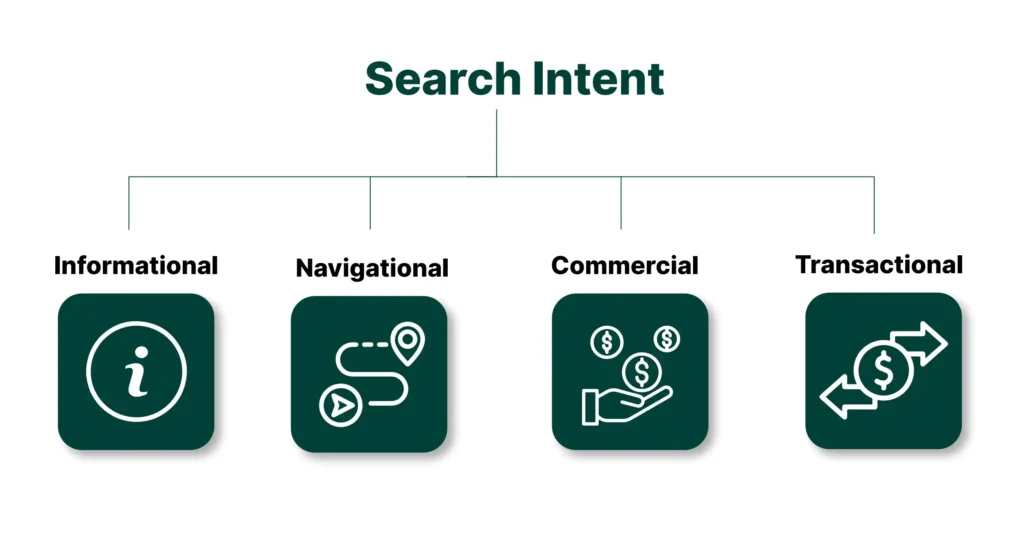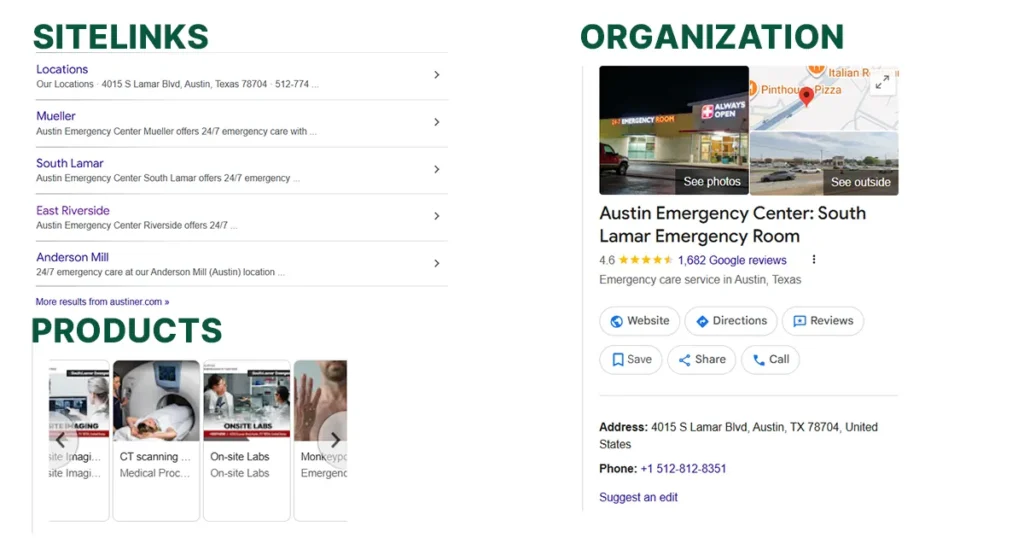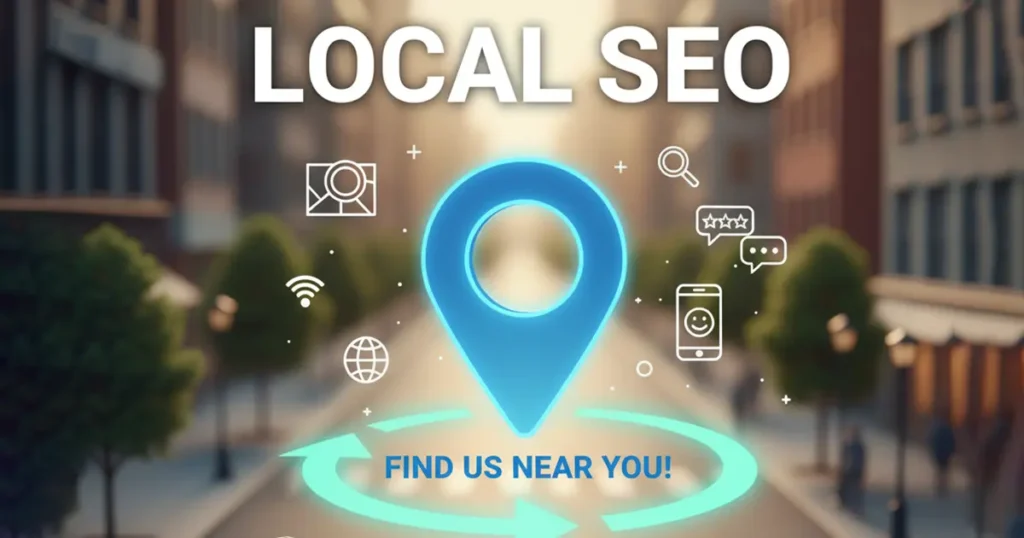If you’ve ever wondered what on-page SEO is and how it impacts your visibility online, you’re in the right place. Imagine publishing great content that no one discovers. That’s what happens when your pages aren’t optimized correctly. On-page SEO (also known as on-site SEO) helps search engines understand your content while improving user experience, at the same time giving both people and algorithms what they need.
Whether you’re building a new site or refining existing pages, a smart on-page SEO strategy ensures your content aligns with search intent, uses the right keywords, and delivers value in a structured way. To boost your visibility and reach your audience more effectively, consider getting SEO services that can help you fine-tune your site and achieve lasting organic growth.
What Is On-Page SEO?
On-page SEO, also called on-page search engine optimization, involves optimizing elements directly on your website to gain better search engine rankings, visibility, and user engagement. Unlike off-page tactics that focus on backlinks and promotion, on-page efforts enhance everything users can see or interact with, such as content, structure, keywords, and HTML elements.
A well-executed on-page SEO service focuses on improving relevance, readability, and website structure. This includes elements like keyword placement, title tags, URL structure, and content optimization.
Why On-Page SEO Is Important
On-page SEO is important because search engines rely on keywords and page signals to determine relevance. It boosts organic traffic by making it easier for search engines to interpret and rank your pages. It builds topical authority, improves keyword performance, and helps users quickly understand your message. Google recommends prioritizing “people-first content,” ensuring pages are helpful, trustworthy, and genuinely valuable.
It also relies on search intent, understanding what users want and tailoring content to match their expectations. When pages meet the right intent, users spend more time engaging, leading to better visibility, accessibility, and sustained rankings.
Top On-Page SEO Techniques
On-page SEO involves using search engine optimization techniques directly on your website to improve crawlability, user experience, and search visibility. These efforts help Google understand page context while aligning with user expectations. When done correctly, on-page optimization strengthens your website’s structure, enhances content quality, and improves performance signals that boost rankings.
Search Intent
Search intent is the foundation of effective content optimization because it ensures your page delivers exactly what users expect when they perform a search. By understanding whether someone wants to learn, compare, or buy, you can shape content that meets their needs more accurately. This alignment not only increases engagement but also improves topical relevance in the eyes of search engines. When content aligns with real user goals, it leads to stronger clarity, higher satisfaction, and better ranking potential.

Key Points:
- Match content to what users want
- Maintain proper page hierarchy
- Align format to query type (guide, product, FAQ)
Learn more: How to find high-intent keywords
High-Quality Content
High-quality content is original, helpful, and designed to satisfy users first rather than only search engines. It provides depth, relevance, and clarity while solving real needs. When content showcases expertise and directs readers through a meaningful journey, it improves engagement and reduces bounce rates. This builds credibility, improves ranking signals, and boosts organic visibility.
E-E-A-T (Experience, Expertise, Authority & Trust)
E-E-A-T signals show users and search engines that your content is backed by real knowledge and credibility. Demonstrating experience and providing expert insights helps establish topical authority. Supporting claims with trustworthy data or citations increases confidence, while transparency strengthens reliability. These elements signal that your site delivers accurate, valuable information worth ranking.
What supports E-E-A-T
- Real experience + industry expertise
- Author credibility + citations
- Transparent + factual information
Keyword Placement
Strategic keyword placement helps search engines quickly understand your topic and prioritize key themes. Placing main keywords early in the content and naturally within headings sends stronger relevance signals. Proper keyword use also improves content clarity and strengthens ranking potential without sounding forced. The goal is to maintain natural flow while ensuring visibility for important terms.
Place them in key areas:
- H1
- First paragraph
- Subheaders (H2, H3, etc.)
Title Tags & Meta Descriptions
Title tags and meta descriptions are essential for improving your website’s search visibility and attracting users from search results. They should include your target keyword naturally while remaining concise, clear, and engaging. A well-optimized title and description can boost your click-through rate (CTR) and help your page stand out on SERPs.

Best Practices:
- Include your target keyword naturally and keep it relevant to the page content.
- Aim for titles under 60 characters and a meta description length under 160 characters for the best SERP display.
- Write compelling, user-focused copy that encourages clicks.
Optimize Images
Optimizing images enhances your site’s speed, accessibility, and user experience. Adding descriptive alt text and compressing images helps pages load faster and perform better in search results.
Best Practices:
- Use clear, concise alt text (under 125 characters) and skip phrases like “image of” or “picture of.”
- Compress images to speed up page loading without losing quality.
- Choose modern formats like WebP or AVIF for improved performance.
URL Optimization
Optimizing your URLs makes them easier for both users and search engines to understand. A short, descriptive URL that includes your main keyword can improve search visibility and click-through rates. Clean, well-structured URLs also enhance site navigation, and user trust always follows Google’s recommendations for best URL structure practices.
Best Practices:
- Keep URLs short, simple, and descriptive.
- Include your primary keyword naturally.
- Use hyphens (-) to separate words instead of underscores.
Proper Heading Tag Usage
Using heading tags correctly helps organize your page content and improve readability for both users and search engines. A clear hierarchy of H1, H2, and H3 tags enhances topic clarity and makes it easier for visitors to scan your page. Well-structured headings also signal content relevance and importance to search engines.
Best Practices:
- Use only one H1 tag per page to define the main topic.
- Structure subtopics with H2 and H3 tags in logical order.
- Include relevant keywords naturally within headings.
- Keep headings clear, concise, and descriptive.
Internal Linking Strategy
An effective internal linking strategy helps Google understand how your website’s content is organized and how different pages relate to each other. It mirrors how Google search organizes information, allowing crawlers to discover and index your content more efficiently while distributing link equity across your site.
Internal links also make it easier for visitors to explore new pages, discover related topics, and stay engaged longer. By guiding users through a logical content path, internal linking improves both user experience and your site’s overall SEO performance.
Add External Links to Authoritative Sources
Linking to credible, authoritative websites helps build trust and strengthens your content’s reliability. It supports Google’s E-E-A-T (Experience, Expertise, Authoritativeness, and Trustworthiness) principles while giving readers access to additional, high-quality information. External links also enhance user experience by offering deeper learning opportunities.
Best Practices:
- Link to relevant and trustworthy sources that add real value.
- Use natural anchor text that clearly describes the linked content.
- Ensure all external links open in a new tab for a better user experience.
- Regularly check and update links to avoid broken or outdated ones.
Advanced On-Page SEO Tactics
For more competitive markets, advanced onsite optimization can elevate rankings, drive richer search visibility, and improve user engagement across SERPs.
Topic Clustering
Topic clustering helps organize your content around core themes, improving keyword depth and establishing topical authority. By creating pillar pages supported by related subtopics, you make it easier for users and search engines to understand your site’s structure and expertise. This approach strengthens SEO performance and boosts content relevance.
Core Components of a Topic Cluster:
- Pillar Page: A main page that covers the broad topic in detail and links to all related subtopics.
- Cluster Articles: Supporting pages that target specific keywords or aspects of the main topic.
- Internal Links: Connections between the pillar page and cluster articles that create a clear, organized content network.
Entity & NLP Optimization
Entity and Natural Language Processing (NLP) optimization focuses on helping search engines understand the true meaning and context of your content. By incorporating semantic keywords and recognized entities, you make your pages more relevant to user intent and improve how Google interprets your topics.
This approach enhances query matching, ensuring your content appears for a wider range of related searches. It also builds topical authority by showing clear relationships between concepts, helping both users and search engines grasp the depth and accuracy of your information.
Optimize for Featured Snippets
Optimizing for featured snippets helps your content appear at the very top of Google’s search results, giving it prime visibility and authority. By providing concise, structured answers to common user questions, you can earn these positions and significantly boost your click-through rate (CTR) by attracting more engaged visitors.
Common Featured Snippet Formats:
- Paragraph Snippets: Short, clear explanations answering specific questions.
- List Snippets: Ordered or unordered lists that outline steps, tips, or rankings.
- Table Snippets: Data or comparison tables that present information clearly.
- Video Snippets: Short clips that visually demonstrate answers or tutorials.
Voice Search & Conversational SEO
Voice search optimization focuses on how people naturally speak rather than how they type. Using conversational language and long-tail keywords helps your content align with the way users phrase voice queries through devices like Google Assistant or Siri. This makes your content more accessible and relevant in spoken search results.
To perform well in voice search, focus on answering question-based queries directly and clearly. Structuring your content with concise answers and a conversational tone improves your chances of being selected as a voice response, boosting visibility and engagement with on-the-go users.
Add Schema Markup
Adding schema markup helps search engines better understand your content and display it with enhanced features in search results. Structured data improves visibility by increasing your chances of earning rich results like organization, FAQs, reviews, and product details, ultimately driving higher engagement and CTR.

Types of Schema Markup:
- FAQ Schema: Highlights common questions and answers directly in SERPs.
- Product Schema: Displays details like price, ratings, and availability.
- Article Schema: Enhances visibility for blogs, news, and editorial content.
Explore more schema types and their uses at Schema.org.
Boost Your Rankings with On-Page SEO
Continuous on-site SEO techniques ensure your pages perform well over time. Small yet impactful improvements like optimizing title tags, internal links, schema markup, and Core Web Vitals can significantly enhance search rankings, user experience, and overall page performance.
Partnering with The Maddex can help you take your on-page SEO to the next level. Our expert team refines content, strengthens site structure, and applies data-driven strategies to boost rankings, increase traffic, and drive long-term organic growth.



